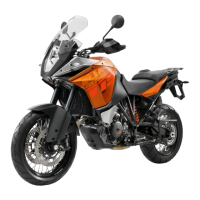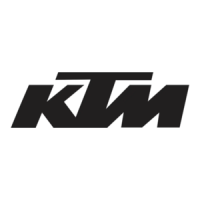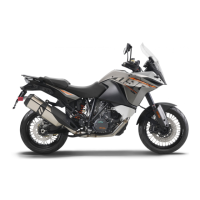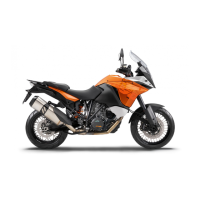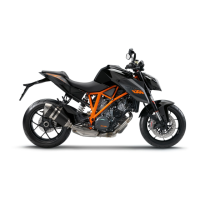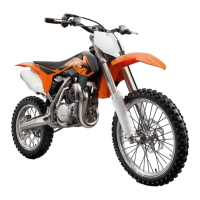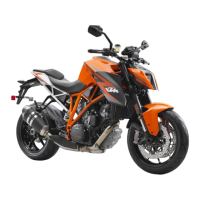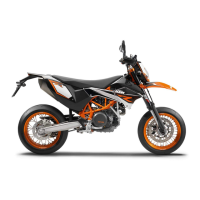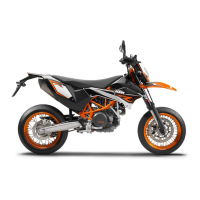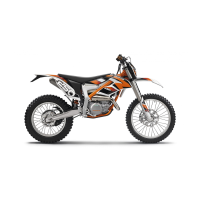What to do if KTM Motorcycle engine turns but does not start?
- EElizabeth ChavezJul 27, 2025
If your KTM Motorcycle engine turns but doesn't start, first, check if the coupling of the fuel hose connection is disconnected and reconnect it. Next, ensure that the fuel quality is sufficient; if not, add suitable fuel. Finally, a defect in the fuel injection system could be the cause; use the KTM diagnostics tool to read the fault memory.
